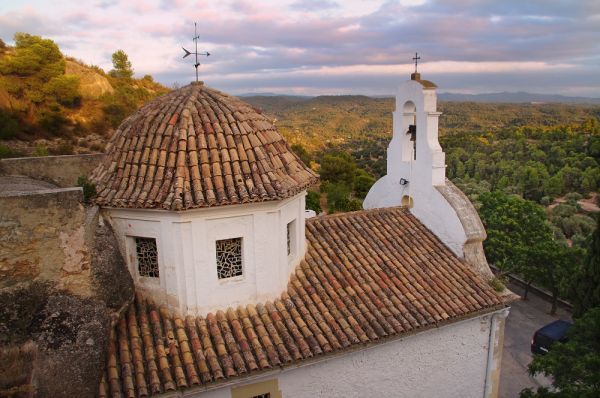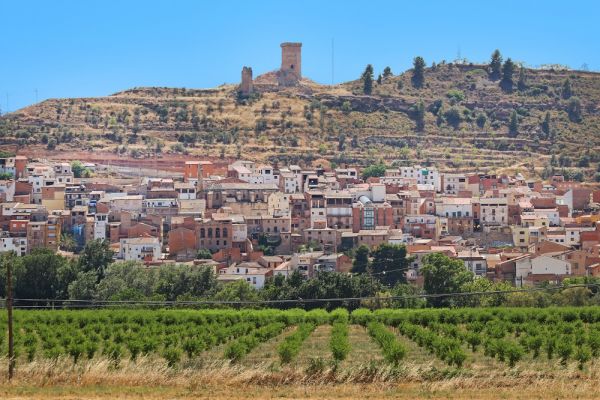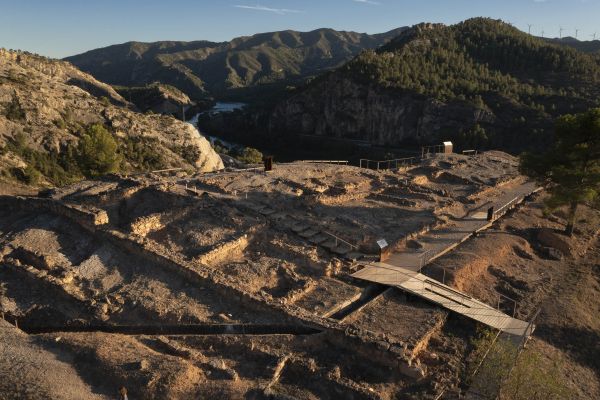We can explore the traces of this history by visiting castles, sanctuaries, churches or settlements that are still preserved in the towns of Flix, Ascó and Vinebre.
The Ribera d’Ebre is a region with a vast cultural and historical heritage. Over the centuries, the Ebre has become a link between the inland and the Mediterranean, a meeting point for people and cultures. The geostrategic importance of the river in the past as a trade and communication route meant that, since ancient times, Iberians, Phoenicians, Greeks and Romans —among others— have established themselves along the waters of the Ebre. We can still find traces of this history in the form of castles, palaces, archaeological sites...
We begin our getaway in the town of Flix, where we can visit the castle, an old Carlist fortress surrounded by the Ebre. In this same town there is also an air raid shelter that was built during the Spanish Civil War. The 17th-century Church of Santa María and the Remei Hermitage are also well worth a visit. On the river surrounding Flix we will also find one of the last remaining boat crossings along the entire Ebre. Take advantage of your visit and cross the river using this traditional system.
As well as all of its artistic heritage, Flix is also home to the Sebes Natural Reserve, one of the most important natural areas in the Terres de l'Ebre. Together with the Flix meander, it covers a space of over 250 hectares of areas of open water, wetlands, riverbank forests, river islands and
galachos (dry river meanders).
We continue our route towards Ascó, where we will follow an itinerary that takes us through the different spaces of the Battle of the Ebre that took place in 1938. On this tour, we will visit the Calvario trenches, the Reguers bunker, the XV Army Corps camp —a large republican camp where around 5,000 soldiers lived during the 115 days of combat—, and the Ascó boat crossing, among others. Without leaving the town, we will visit the castle, located at the highest point of Ascó, the tower of which offers a spectacular view of the river and the whole municipality.
We will round off our trip in Vinebre, where we will visit Can Don Juan, a 16th-century Renaissance palace with a baroque façade and an interior patio porch, and the Church of San Juan Bautista. In Vinebre, we can also visit the Iberian village of San Miquel, located on a hill around 100 metres high. The Hermitage of San Miquel is nearby, a small 12th-century chapel that is also worth a visit.
In collaboration with
Descobrir magazine.


